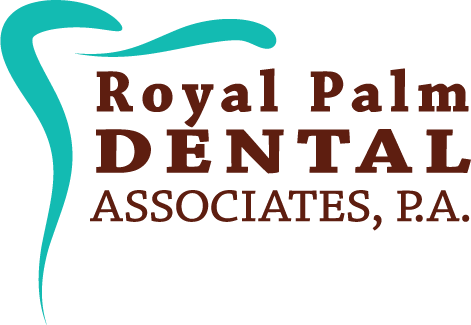Your Invisible Barrier To Tooth Decay
What is Sealant?
 An occlusive sealant, commonly called a sealant, is an adhesive material that bonds with the tooth to provide a physical barrier or shield from threats to the health of teeth. A sealant reduces the risk of tooth decay by shielding cavity-prone areas from food and bacteria. In combination with careful brushing, flossing, and fluorides, sealants are an effective step towards a lifetime of excellent dental health.
An occlusive sealant, commonly called a sealant, is an adhesive material that bonds with the tooth to provide a physical barrier or shield from threats to the health of teeth. A sealant reduces the risk of tooth decay by shielding cavity-prone areas from food and bacteria. In combination with careful brushing, flossing, and fluorides, sealants are an effective step towards a lifetime of excellent dental health.
The sealant is a tough plastic material designed to bond with tooth enamel and form a shield against decay. Sealants are barely visible because they are white or tooth-colored and are applied to the pits, fissures, and chewing surface of back teeth to keep food and plaque out of cavity-prone areas.
What Are Pits And Fissures?
 As teeth develop, deep grooves called fissures are normally presents. Pits occur at the point where grooves cross each other on the tooth surface. Pits and fissures are the most cavity-prone areas, accounting for over 50 percent of cavities among children.
As teeth develop, deep grooves called fissures are normally presents. Pits occur at the point where grooves cross each other on the tooth surface. Pits and fissures are the most cavity-prone areas, accounting for over 50 percent of cavities among children.
Pits and fissures are a perfect environment for plaque development because they tend to trap food and bacteria. Because pits and fissure often have small openings (some are actually tear-drop shaped), toothbrush bristles are often too wide to enter the area, even with vigorous brushing.
As food and bacteria continue to collect in pits and fissures, the development of cavities is likely. The build-up of food particles and bacteria cannot be easily removed by flossing, brushing, or rinsing. In such an environment, cavities tend to develop rapidly.
To complicate matters, tooth enamel is thinner in pits and fissures than in other areas of the tooth, so they are particularly vulnerable to decay. Decay occurs as bacteria acts on food to form acids that weaken and destroy tooth enamel. After decay starts and a cavity is formed, it must be repaired by the dentist to save the tooth.
Why Use Sealants?
Although fluoride use has reduced the incidence of tooth decay, it is of limited use in protecting pits and fissures. This is why sealants are an invaluable form of protection, since they provide a true shield from decay-causing agents.
When Should Sealants Be Applied?
We must carefully evaluate teeth before a decision to seal them can be made. We will inspect the surface of the teeth to determine whether or not there are signs of possible decay, to determine the depth of pits and fissures, and to determine which teeth are likely candidates for sealing.
Sealants are usually applied to newly erupted posterior teeth. Sealants are recommended for permanent teeth and in some cases for “baby” teeth. Sealants may be recommended infrequently for older patients who are especially prone to tooth decay.
Since tooth decay may occur rapidly in children, sealants should be applied to a child’s teeth as soon as possible before decay has had a chance to develop.
How Is Sealant Applied?
Sealants can be applied by either the dentist or dental hygienist. There is no discomfort associated with sealant application, so pain relief is not necessary. The process is tedious, requiring cooperation the patient; therefore, it is a good idea for the patient to be fully informed of what to expect. Children especially will benefit from being told the story of how their teeth will be protected against the plaque culprit, and they need to listen carefully to the instructions of dental professionals.
What Happens During The Sealant Procedure?
 Teeth are first cleaned well, then the teeth to be sealed are isolated (protected from other teeth), usually by placing a barrier of some type between them.
Teeth are first cleaned well, then the teeth to be sealed are isolated (protected from other teeth), usually by placing a barrier of some type between them.
The surfaces other chosen teeth then undergo the process of etching. Etching involves the application of a chemical that helps the sealant bond more effectively to the teeth. If some of the etching liquid gets on the tongue, it may taste bitter but will not harm the patient.
After etching, the teeth are thoroughly rinsed and dried. When teeth are completely dry, sealant is applied to teeth with either a brush, tiny sponge, or syringe-like applicator. Sealant flows into pits and fissure.
The sealant either hardens with air exposure by ultraviolet light exposure. If ultraviolet light is needed, a hand-held light wand may be used for that purpose.
Sometimes excess sealant must be removed, then the sealant is checked for hardness.
How Long Does Sealant Last?
Sealants are usually long-lasting if the seal remains intact. Regular checkups are necessary to make sure sealant has not been dislodged and to reapply if needed. Some hard foods, such as candy, ice, or sticky foods, may dislodge sealants and should be avoided.
